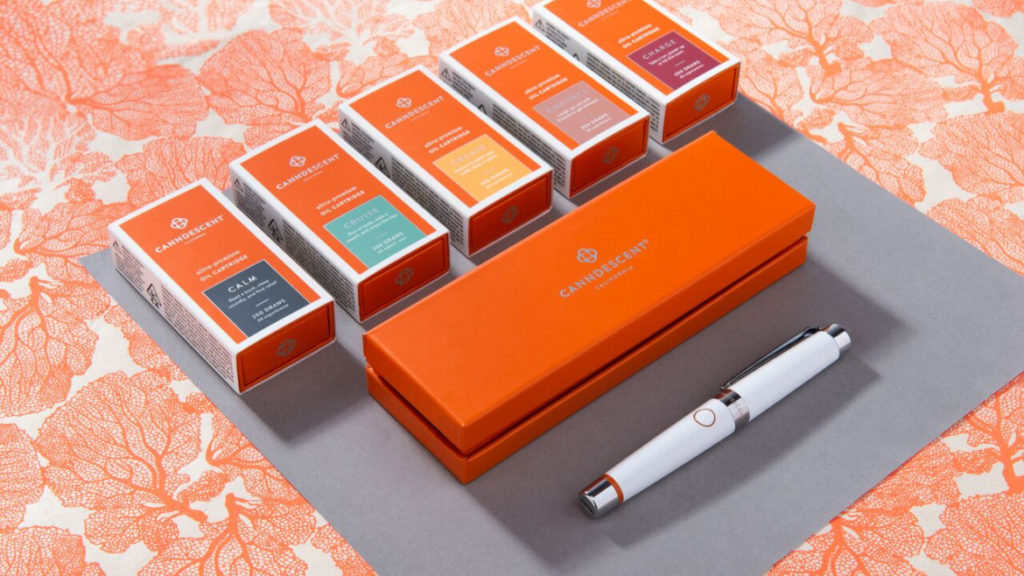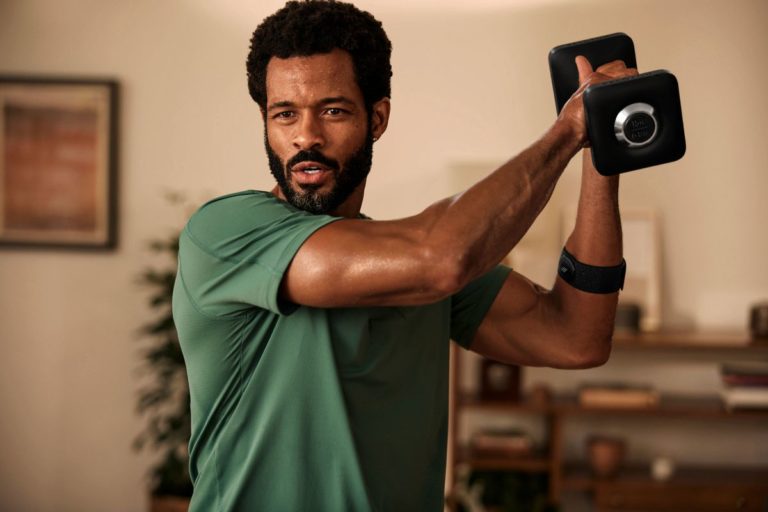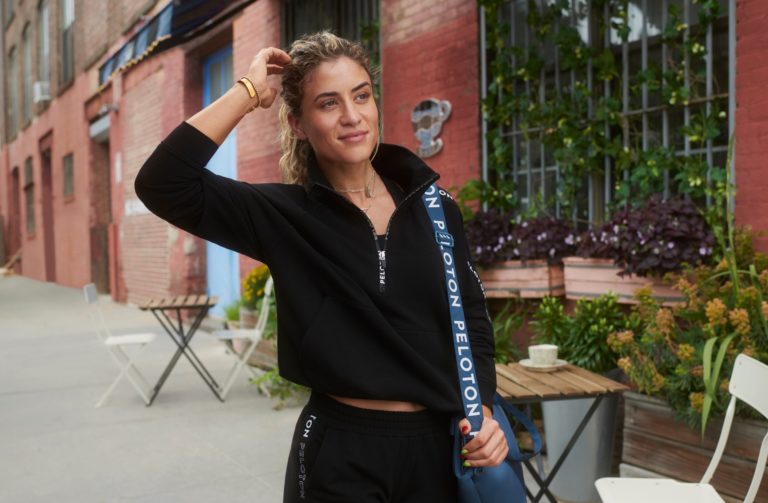From Reefer Madness to relief amidst the madness, weed has found a new audience in wellness circles. Now, instead of catering to potheads, there’s a contingent of cannabis brands targeting the self-care-seeking, anxiety-ridden, creative-minded wellness consumer. If early indications hold, “weed as wellness” will help cannabis achieve mainstream acceptance while forming a lucrative pillar of the billion-dollar cannabis industry.
On their own, wellness and cannabis are massive markets riding a wave of momentum. Clocking in at a whopping $4.2T, the global wellness industry—from personal care to physical fitness and tech to tourism—knows no bounds. Meanwhile, estimates put the legal and illegal sale of cannabis at $150B, with Euromonitor projecting that legal sales will account for 77% of the market, or $166B, by 2025.
At the same time, over the last year, CB Insights counted more than $2.2B of venture capital flowing to 324 cannabis deals globally. But size alone isn’t the story — it’s the strategy behind weed-meets-wellness brands that are proving to be on point.
“It’s not about recreation and intoxication anymore; it’s about wellness and natural solutions.” — Gunner Winston, CEO dosist
In this case, the strategy for appealing to wellness-seekers includes clean lines and simple branding, selling a solution or specific outcome, and an elevated shopping experience — both online or in-store.
By co-opting the blueprint perfected by agencies like Gin Lane and Red Antler, cannabis companies are packaging their product for social media, not the street corner. Clicking over to the website for weed-related companies like Beboe, Canndescent, or Atlas, they could easily be mistaken for the branding most recently championed by personalized vitamins.
And when it comes to buying some bud, a gummy, or a vape, again, we see cannabis borrowing from the playbook of direct-to-consumer brands: they’re selling outcomes. No different than functional foods that support “gut health” or vitamins guaranteed to make your skin “glow”, the narrative (and marketing) for cannabis is moving away from being stoned and toward providing “relief”, “bliss”, or “connection”.
“There is an evolution of looking at marijuana… from being about getting stoned to actually thinking of it as a wellness product.” – Linda Gilbert, BDS Analytics
Similarly, brick-and-mortar shops are going the route of experiential retail. MedMen have been dubbed “the Starbucks of weed”, dosist launched a “wellness experience” that has been likened to the Apple Store, and Barneys New York has introduced a luxury cannabis shop called The High End. It’s all part of the shift away from head shops and toward differentiated and lifestyle-driven brands built for the next generation of cannabis consumers.
Of course, none of this would be possible without innovative new delivery systems and the advent of precision dosing.
When Colorado began selling legal pot in 2014, loose leaf weed (known as flower), accounted for 65% of sales. But in 2018, flower dropped to 47% as products from cannabis concentrate like vapes and edibles made up 29% and 15%, respectively. This trend is representative of the broader shift taking place in the industry where the flower is falling off. As The Ringer noted in The End of the Joint As We Know It, the doobie is disappearing as consumers opt for more discreet options that are smokeless, scentless, and more convenient.
But convenience is only one factor behind the rise of vape pens, topicals, and edibles. Precision dosing is the real game-changer. For years, getting high was a crapshoot. Depending on the strain and size of the drag or bite, users could be totally disappointed or utterly destroyed by the outcome.
Now, rolling the dice is being replaced by dialed-in doses that promise to deliver specific solutions. Companies like dosist, Sunday Goods, and Roam are able to ensure that their specially-formulated vapes hit the mark — be it creativity, calm, or pain relief. And PAX is the perfect example of what’s to come. This high-tech vape lets users personalize their experience, controlling the dosage via a smartphone app.
Looking ahead, it’s clear that the “green boom” is just beginning. As attitudes and laws continue to change, and cannabis goes from subculture to mainstream, THC and CBD will become commodities—like caffeine, collagen protein, or adaptogens—that reshape food, beverages, beauty, and wellness as we know it.




